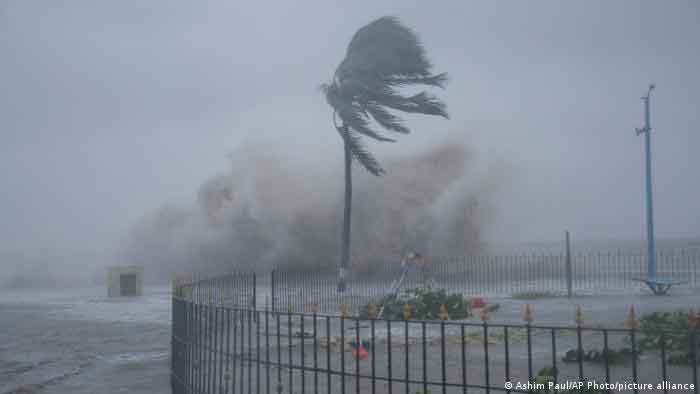Cement plants are known to be one of the most energy-intensive industries worldwide. With the increasing demand for cement, manufacturers are exploring new technologies to produce cement in a more sustainable and efficient way. The calcination process, which is the key process in cement production, significantly impacts the energy consumption of the plant. A cyclone preheater is an important component of the calcination system that can help reduce energy consumption and increase production efficiency.

A cyclone preheater is a device that heats the raw material before it enters the rotary kiln. The preheater uses hot gases from the kiln to heat the raw material in stages. The raw material is first heated by the hot gases in the first cyclone, and then it moves down to the next cyclone where it is further heated. This process continues until the raw material is heated to the required temperature to enter the kiln.
There are two types of cyclone preheaters used in cement plants: the 5-stage cyclone preheater and the vertical preheater.
5-Stage Cyclone Preheater
The 5-stage cyclone preheater is the most common type of preheater used in cement plants. As the name suggests, it has five cyclones that are connected in series. The raw material moves through each cyclone, and the hot gases from the kiln flow in the opposite direction in each cyclone. This design ensures maximum heat transfer from the hot gases to the raw material.
The 5-stage cyclone preheater has many benefits for the cement plant. Firstly, it reduces the energy consumption of the plant. By heating the raw material before it enters the kiln, the plant requires less fuel to heat the material to the required temperature inside the kiln. This results in significant cost savings for the plant.
Secondly, it improves the production efficiency of the plant. By heating the raw material before it enters the kiln, the calcination process is more efficient. This results in higher production yields and less waste.
Vertical Preheater
The vertical preheater is a newer design that is gaining popularity in the cement industry. Unlike the 5-stage cyclone preheater, the vertical preheater has a vertical design. The raw material is fed into the top of the preheater and falls through the stages as it is heated by the hot gases from the kiln.
The vertical preheater has several advantages over the 5-stage cyclone preheater. Firstly, it has a smaller footprint compared to the cyclone preheater. This makes it ideal for cement plants that have limited space.
Secondly, it has a lower pressure drop compared to the cyclone preheater. This means that the plant requires less energy to move the material through the preheater. This results in lower energy consumption and cost savings for the plant.
The Ball Mill System and Cyclone Preheater
The ball mill system is another critical component in cement production. The ball mill is used to grind the clinker, which is the raw material that comes out of the kiln. The ball mill system is usually divided into two compartments: the first compartment is used for grinding coarse clinker, and the second compartment is used for grinding fine clinker.
The cyclone preheater plays a crucial role in the ball mill system. The preheater heats the raw material before it enters the kiln, which results in a more efficient calcination process. This efficiency translates into higher production yields and more consistent clinker quality. With consistent clinker quality, the ball mill system can operate more efficiently, resulting in lower energy consumption and cost savings.
Conclusion
The cyclone preheater is an essential component of the cement production process. It plays a crucial role in reducing energy consumption, improving production efficiency, and ensuring consistent clinker quality. There are two types of cyclone preheaters used in cement plants: the 5-stage cyclone preheater and the vertical preheater. Both designs have their advantages and disadvantages, but they both play an essential role in the production of high-quality cement. With the use of a cyclone preheater, cement plants can operate more efficiently, reduce their energy consumption, and save costs in the long run.